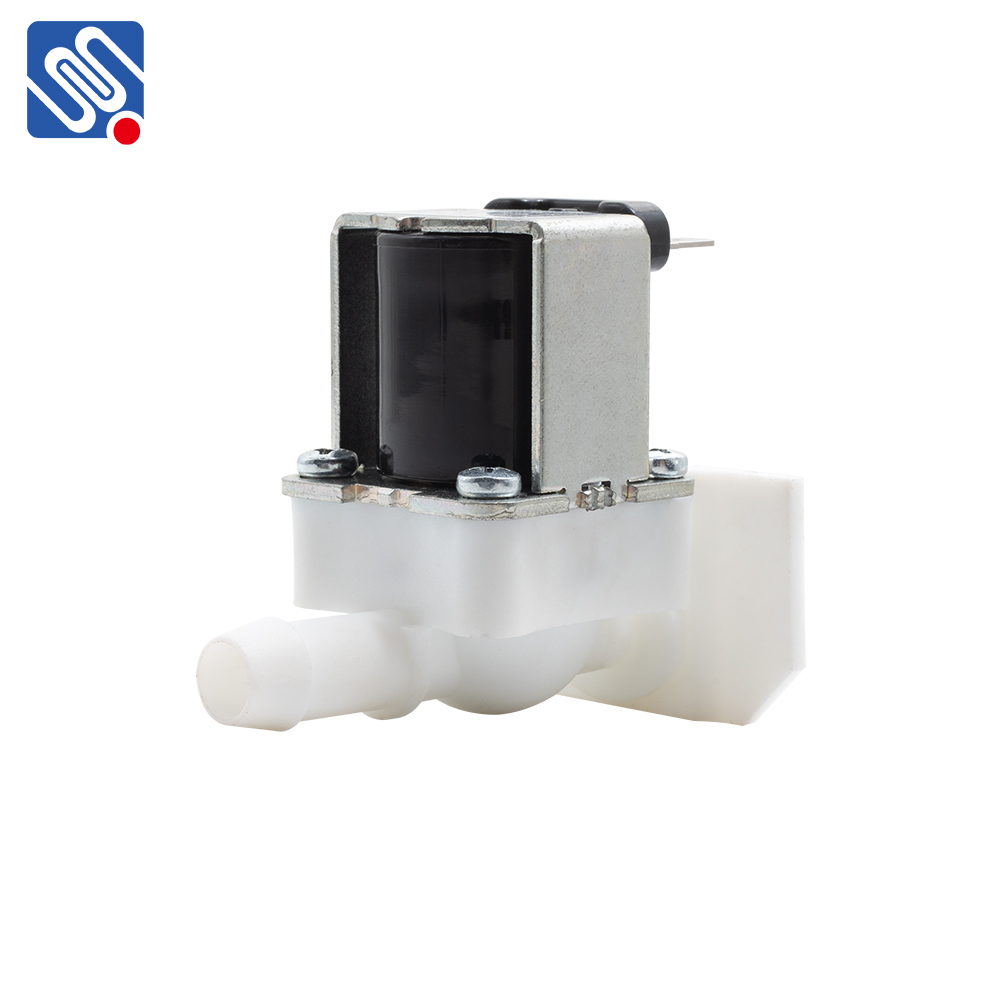Low Flow Solenoid Valves are a vital component in many industrial, scientific, and commercial systems that require precise control of fluid or gas flow. These valves are specifically designed to regulate small flow rates, making them essential in applications where standard solenoid valves would not be effective. Understanding the significance of low flow solenoid valves, their functionality, and their widespread applications can help engineers and technicians make informed decisions when integrating these devices into their systems.

What is a Low Flow Solenoid Valve? A low flow solenoid valve is an electromechanical device that uses an electromagnetic coil to control the flow of fluid or gas through a system. It operates by using a coil that, when energized, generates a magnetic field. This field moves the valve’s internal components, allowing or blocking the flow. Low flow solenoid valves are specifically designed for applications where the flow rate is relatively small, typically below 10 liters per minute, although some can go even lower depending on the specific requirements. Working Principle The basic principle behind a low flow solenoid valve is simple. When an electric current is passed through the solenoid coil, it generates a magnetic field that actuates the valve. Depending on the design, the valve may open to allow fluid or gas to pass through or close to block the flow. The key feature of these valves is their ability to respond to small changes in electric current, offering precise control over low flow rates.